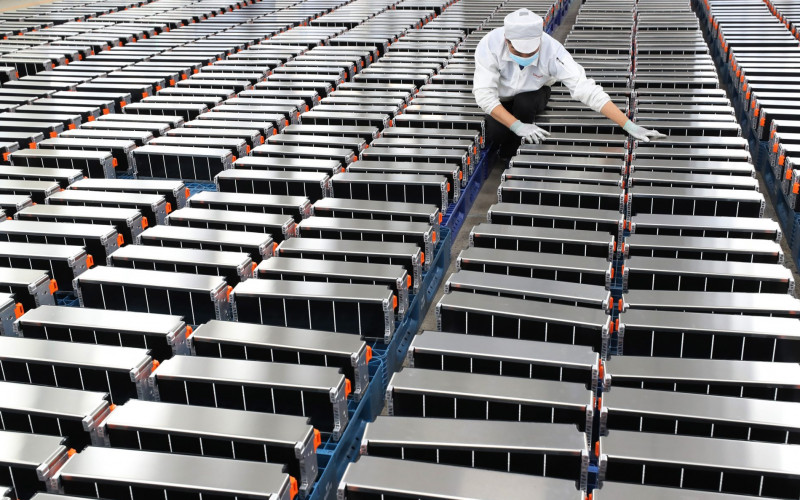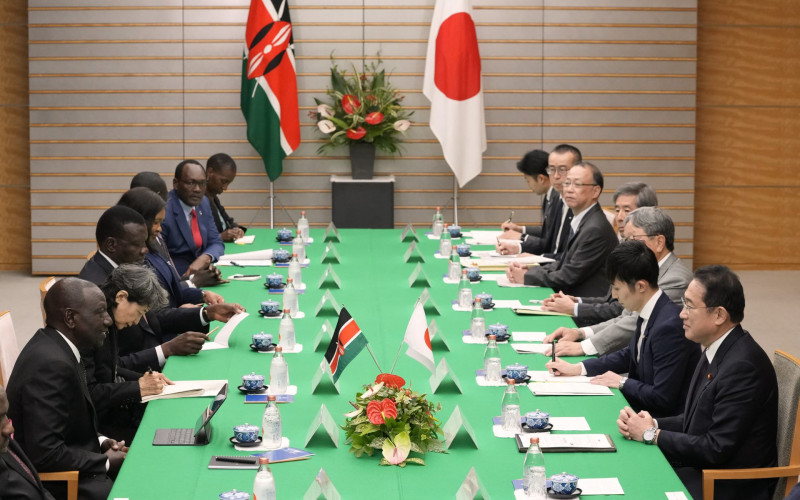These programmes are intended to offset further economic meltdown by stimulating aggregate demand. However, doubts exist about the trade-damaging nature of some of these programmes, especially where little is known publicly about their scope or how they are to be implemented. Furthermore, governments face strong pressure to introduce a domestic-bias into the design and implementation of these programmes.
Some of the infrastructure stimulus programmes announced to date include conditions on how funding is to be spent that aim to reduce the “leakage” into imports and concentrate the stimulus effects on domestic firms and job creation. Since the programmes are funded by domestic taxpayers, it is argued that these taxes cannot be “leaked out” as spending on imported goods and services. The leakage terminology is synonymous with import substitution ideologies, which are contrary with modern economy characterized by integrated global supply chains.
South Africa (SA) has been implementing a huge infrastructure investment programme since 2005 and the country has recently announced an investment programme amounting to approximately R787 billion over the next three years. The programme has been earmarked for the country’s transport network, power generation, bulk water schemes, school buildings, clinics and other municipal infrastructure projects. These projects will obviously generate strong demand for commodities such as cement, steel, capital equipment and other components – products that local suppliers do not have economies of scale in and where monopolistic pricing thrives. Though the programme currently does not attach conditions for local procurement, there have been growing calls from various quarters to introduce such conditions.
The Department of Trade and Industry’s (DTI) 2007 National Industrial Policy Framework (NIPF) Action Plan called for the coordination of government parastatals’ infrastructure investment plans with domestic suppliers’ capabilities in order “to reduce the import leakage from 40% to 30%” by 2012. The Action Plan also suggested a process to identify capital equipment and other components that could be produced locally. The recently minted “Framework Document for South Africa’s Response to the International Economic Crisis” further proposes expanding the scope of “buy local” conditions into “procurement of pharmaceuticals and medical supplies, clothing and textile products, food and perishables, stationary, computers, office equipment and consumables, automobiles and transport services, consulting services and printing”. Initial proposals by the distressed sectors task team include, inter alia, tightening the preferential procurement legislation, for example, by using 9 of 10 preferential points for local procurement, and provision of grants to the Proudly South African campaign to drum up support to buy locally.
It is argued that as long as SA continues to import, this will render the existing trade balance deficit unsustainable and consequently put the infrastructure investment programme at risk. This argument is based on a mercantilist viewpoint whereby trade deficits are seen as dreadful and reflecting the country’s export ineptness. However, this needs to be considered in relation to the corresponding capital account of the balance of payments. Some view the current surplus on the capital account as a reflection of the country’s ability to attract capital rather than a trade deficit problem, with the exchange rate as an adjustment mechanism. Furthermore, this argument does not recognize the lack of local suppliers’ capacity, the consumer’s right of choice, programme implementation time constraints and local suppliers’ adjustment requirements (including, inter alia, quality, skills, value chain and technological upgrading).
Though it is widely agreed that the state’s capacity to deliver on these objectives is limited, I am not optimistic this could be quickly fixed owing to the country’s pervasive skills shortages and the lack of technological know-how. The snails-pace with which the NIPF “buy local” objective has been pursued attest to this.
I also agree that SA is acting within its rights multilaterally as purchases made by governments and/or its parastatals are somewhat excluded from the rules of the World Trade Organisation (WTO). The WTO does however have a plurilateral agreement on government procurement (GPA) which SA is not signatory to. Hence the WTO legality of the “buy local” conditions is not applicable to the country.
Nonetheless, the “buy local” conditions advocated in SA’s infrastructure investment programme act in the same way as traditional import restrictions by further encouraging monopolistic pricing and limiting consumers’ choice to procure local goods and services of varying quality through the stimulus programme. This renders the domestic economy uncompetitive and reduces the net impact of the programme on domestic demand.
Instead of focusing its efforts on misguided “buy local” attempts, government should rather promote industrial diversification and exports. SA is too small to sustain import substitution.







